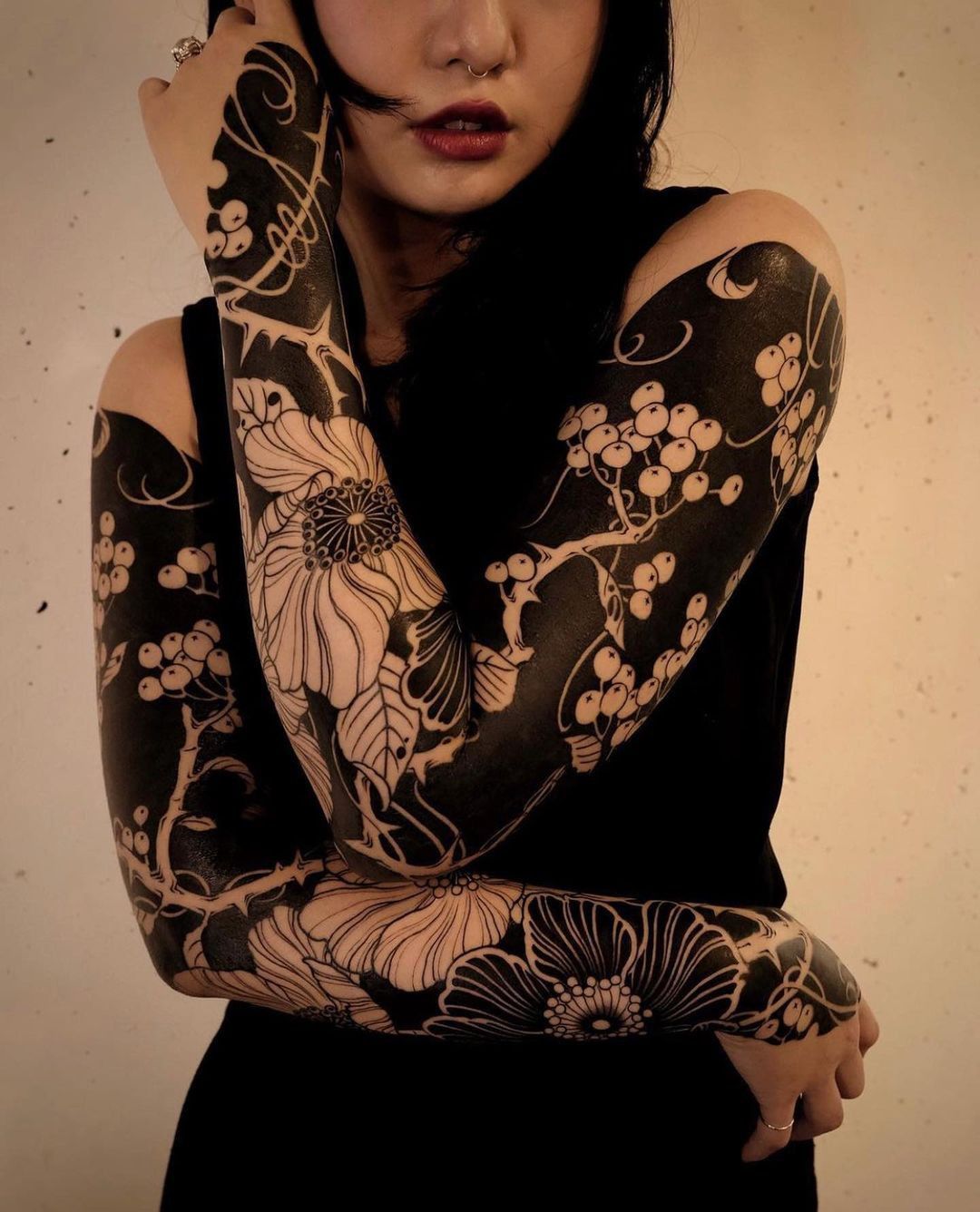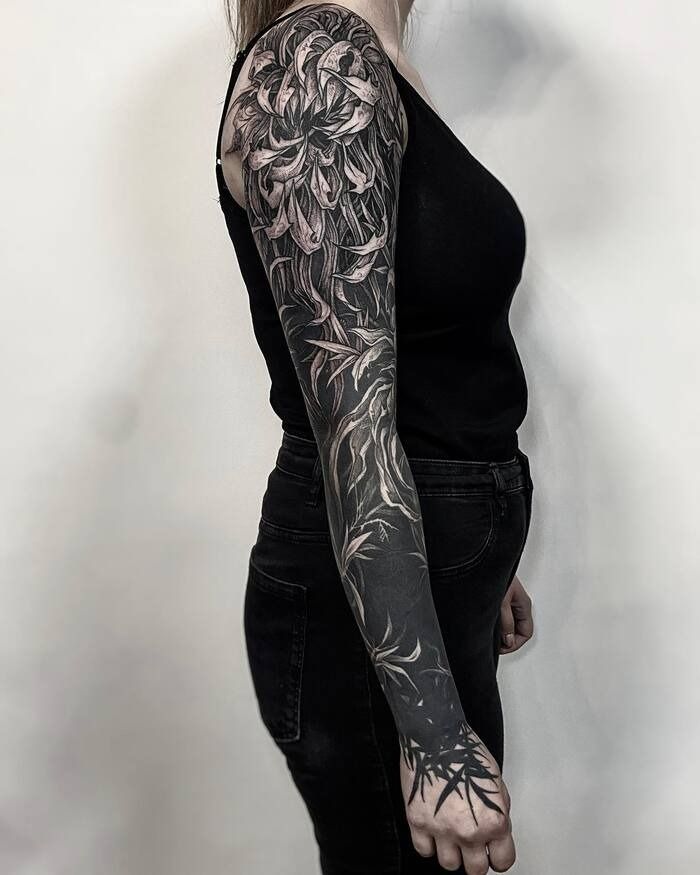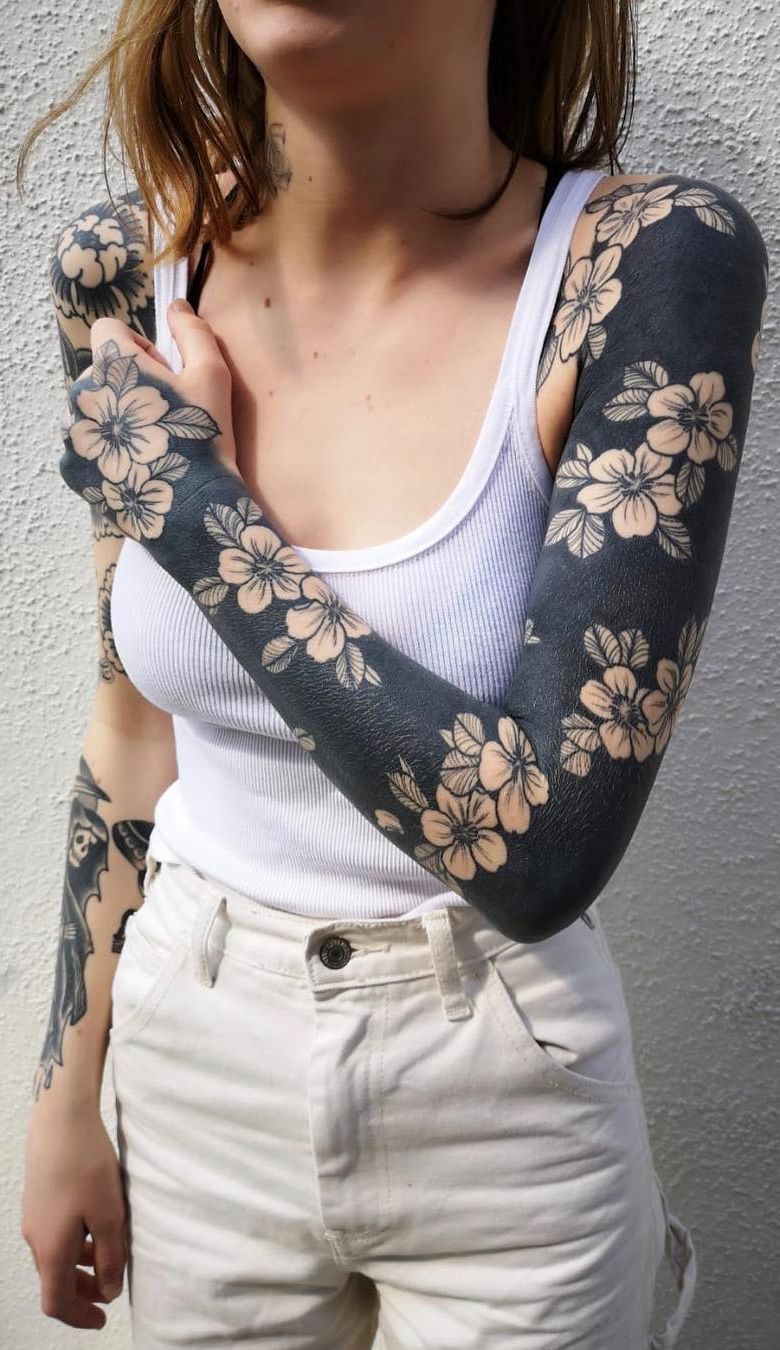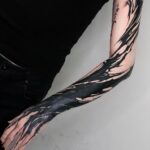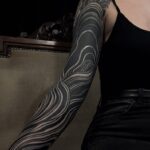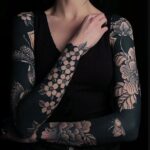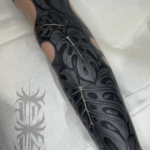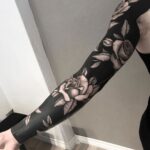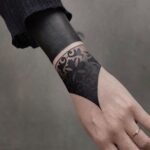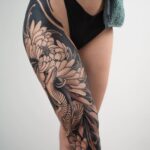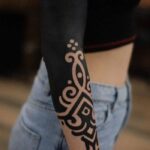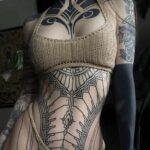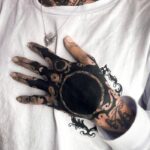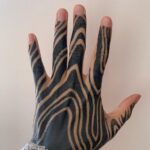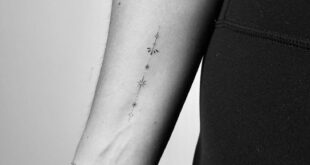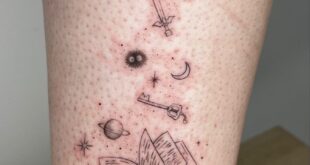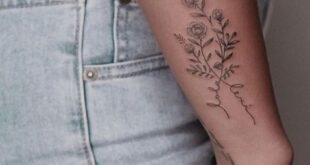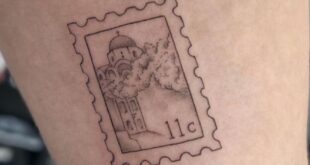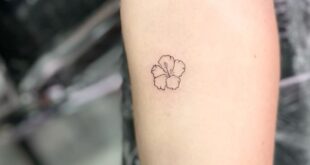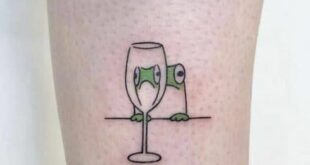Blackout tattoos have become increasingly popular in recent years, with more and more people choosing this unique and bold form of body art. Blackout tattoos, as the name suggests, involve covering a large area of skin with solid black ink, creating a striking and dramatic effect.
Unlike traditional tattoos that use intricate designs and patterns, blackout tattoos are all about simplicity and boldness. The solid black ink creates a strong contrast against the skin, making a bold statement and drawing attention to the area that has been inked.
One of the main reasons why people choose blackout tattoos is to cover up existing tattoos that they no longer like or want. By covering the area with solid black ink, they can effectively erase the old tattoo and create a fresh canvas for a new design or simply leave it black.
Another reason people opt for blackout tattoos is to create a sense of mystery and intrigue. The solid black ink can make the tattooed area appear as though it has been blacked out, leaving people wondering what lies beneath the darkness.
Blackout tattoos can also be used to create a sense of unity and cohesion across different tattoos. By blacking out certain areas or connecting multiple tattoos with solid black lines, individuals can create a cohesive and harmonious look across their body art.
However, it’s important to note that blackout tattoos are not for everyone. The process of getting a blackout tattoo can be more painful and time-consuming than traditional tattoos, as larger areas of skin need to be filled in with solid black ink. Additionally, the healing process for blackout tattoos can be longer and more challenging, as the densely packed ink can take longer to fully settle in the skin.
Overall, blackout tattoos are a bold and striking form of body art that can make a powerful statement. Whether used to cover up old tattoos, create a sense of mystery, or unify multiple tattoos, blackout tattoos offer a unique and eye-catching option for those looking to make a bold statement with their body art.
 innstyled Tattoo Ideas
innstyled Tattoo Ideas
